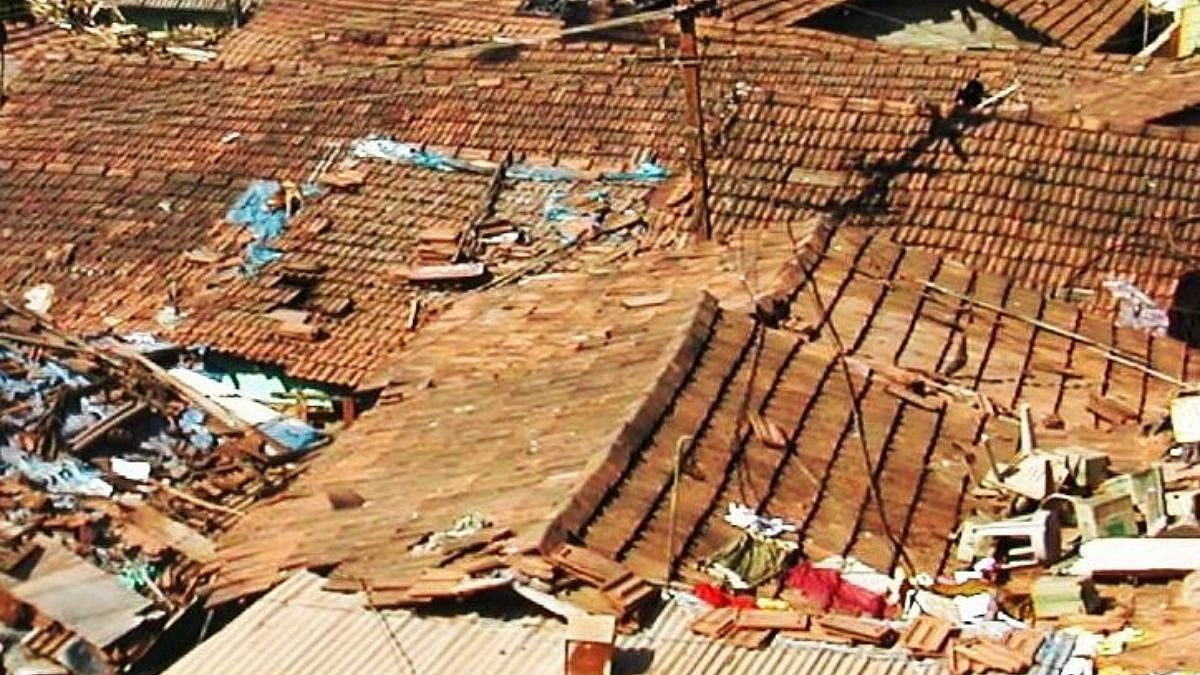Govandi residents have petitioned the urban development ministry and the Brihanmumbai Municipal Corporation for the regularisation of slum houses and an increase in the permissible height of slums from the current 14 feet to 40 feet.
Residents said that existing height restrictions are outdated and impractical due to urbanisation, population growth, and a lack of alternative housing solutions. Many residents are compelled to extend their homes beyond the 14-foot limit, leading to legal violations. The petition said that amendments in law are urgently required to ensure a legal, structured, and sustainable urban housing policy.
Abid Abbas Sayyed, advocate representing Al Abbas Charitable Foundation, Mankhurd-Govandi, said that courts in India have consistently upheld that the Right to Housing is an integral part of Article 21. In other cases, the court held that the right to live with dignity includes access to adequate housing and mandated the State to evolve regulations to address housing needs.
Sayyed has cited precedents from other states that support vertical expansion in slum areas. “The Supreme Court in the Olga Tellis and Bombay Municipal Corporation case ruled that slum dwellers cannot be forcibly evicted without alternate rehabilitation, emphasising state responsibility for low-income housing,” said Sayyed.
Sheikh Fayyaz Alam, convenor of the Govandi Residents Welfare Forum, said that the area already has slums that have three or more levels. “When 10 to 12 people live in one room, there is no alternative but to go vertical. The government can generate revenue if these structures are regularised,” said Alam, who said that the Mumbai Regional Town Planning Act should be amended to regulate vertical slums.”Law should be based on societal needs. The structures should be regularised until they can be redeveloped under other schemes,” Alam added.
Sayyed said that the Pradhan Mantri Awas Yojana encourages in-situ slum redevelopment with vertical housing solutions to optimise land use in high-density areas.However, town planning experts said that the vertical growth of slums is a sign of the government’s failure to check the proliferation of illegal structures. “There are recent judgments from the High Court endorsing the 14-foot limit. How did the slum structures become ground plus three levels? The government has faltered, and it is a sign of the system’s collapse when such structures are allowed to grow,” said architect Chandrashekhar Prabhu.
Precedents from other states supporting vertical expansion in slum areas, according to the petitioners.
Under the Delhi Master Plan 2021, height limits were revised to accommodate vertical expansion for slum housingPM-UDAY (Unauthorised Colonies Regularisation Scheme) allows the regularisation of unauthorised constructions, ensuring tenure security for slum dwellers.
The Karnataka Slum Development Board has implemented G+3 slum housing policies, ensuring structured and legal urban planning.
Karnataka High Court upheld the necessity of flexible urban planning to accommodate low-income families.
The Tamil Nadu Slum Clearance Board (TNSCB) has permitted G+3 constructions under the Tamil Nadu Town and Country Planning Act.
The Maharashtra Slum Areas (Improvement, Clearance, and Redevelopment) Act, 1971, mandates improvement and rehabilitation rather than forced evictions.
Slum Rehabilitation Authority (SRA) Scheme, Maharashtra, Already permits high-rise slum redevelopment, proving the feasibility of increasing height limits.
